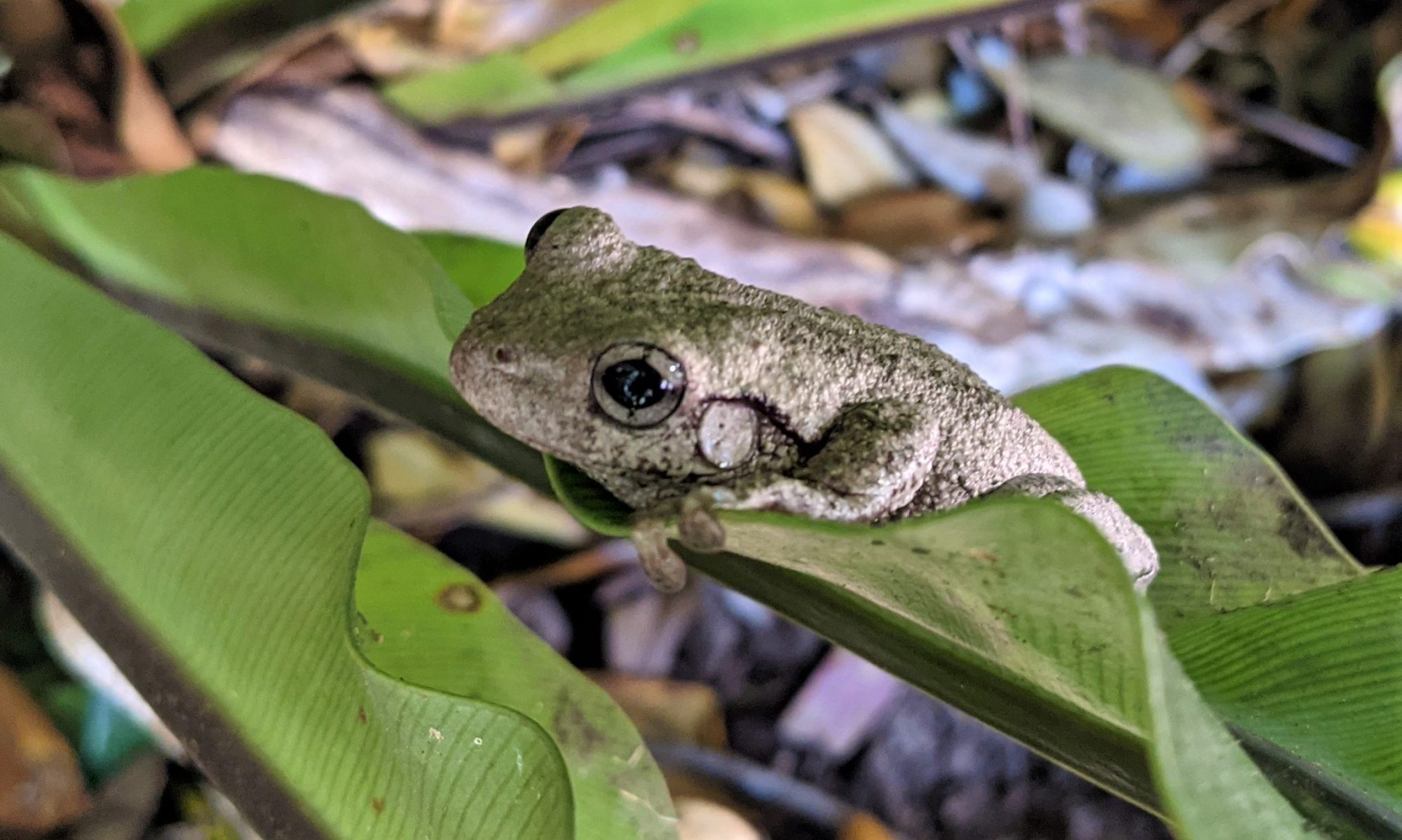Australia is renowned for its unique and diverse ecosystems. Our vast continent boasts a stunning array of plants and animals, many of which have evolved remarkable adaptations to thrive in its harsh and challenging environments. Wildlife have developed impressive array of strategies to survive Australia’s diverse ecosystem.
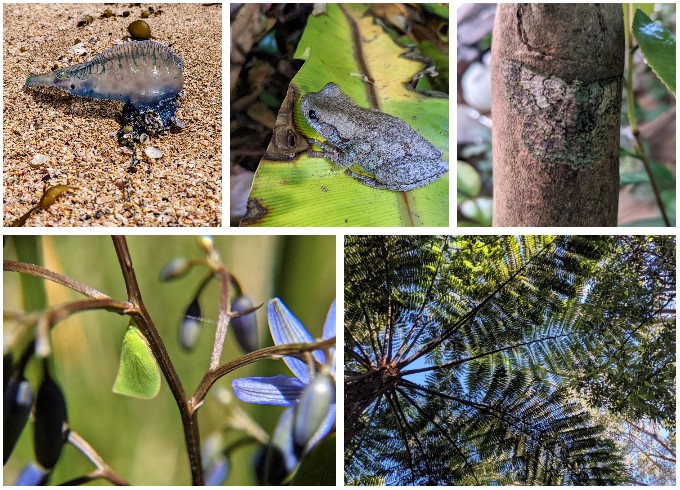
- Australia is home to an extensive range of plants adapted to store water, such as the iconic Kangaroo Paw. These plants have developed specialized tissues that store water, enabling them to survive in arid regions with minimal rainfall.
- Eucalyptus trees have evolved impressive adaptations to cope with water scarcity. Their long, slender leaves help reduce water loss through transpiration, while their deep root systems enable them to tap into groundwater sources.
- Banksias and Grevilleas have adapted to the nutrient-poor soils of Australia. They possess cluster roots, which enhance their ability to absorb nutrients like phosphorus from the soil.
- Australia is notorious for its frequent wildfires, and many native plants have evolved to thrive in these conditions. Species like the Banksia and Acacia rely on fire and smoke to trigger seed release, ensuring their survival and regeneration.
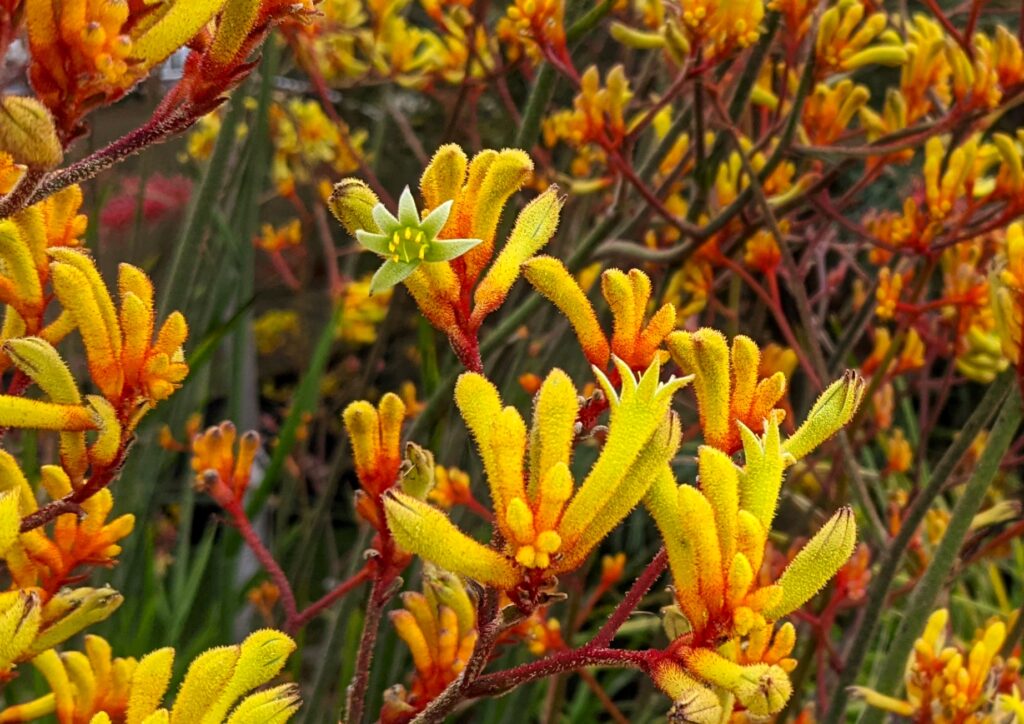
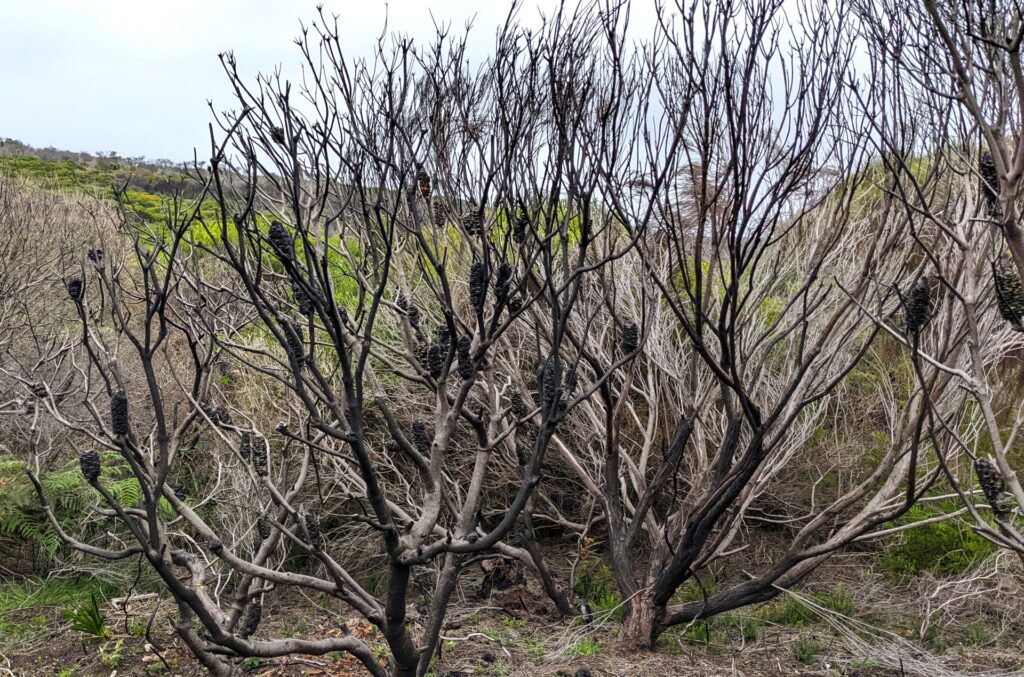
- Kangaroos have long, powerful legs allowing them to cover great distances with minimal energy expenditure, crucial in the arid and nutrient-scarce regions.
- Australia is famous for its marsupials, a group of mammals that give birth to undeveloped young, which then develop in a pouch. Koalas, kangaroos, possums and wombats are all marsupials, and this adaptation allows them to reproduce successfully in arid and unpredictable environment.
- Australia is the only continent where monotremes, including the platypus and echidna. These unique animal lay eggs, a characteristic adaptation that sets them apart from other mammals.
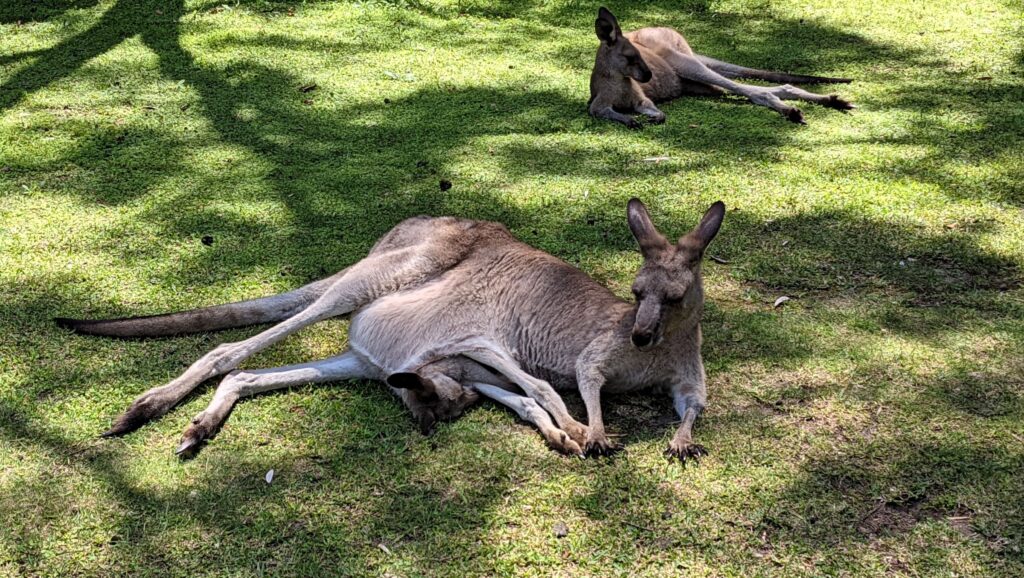
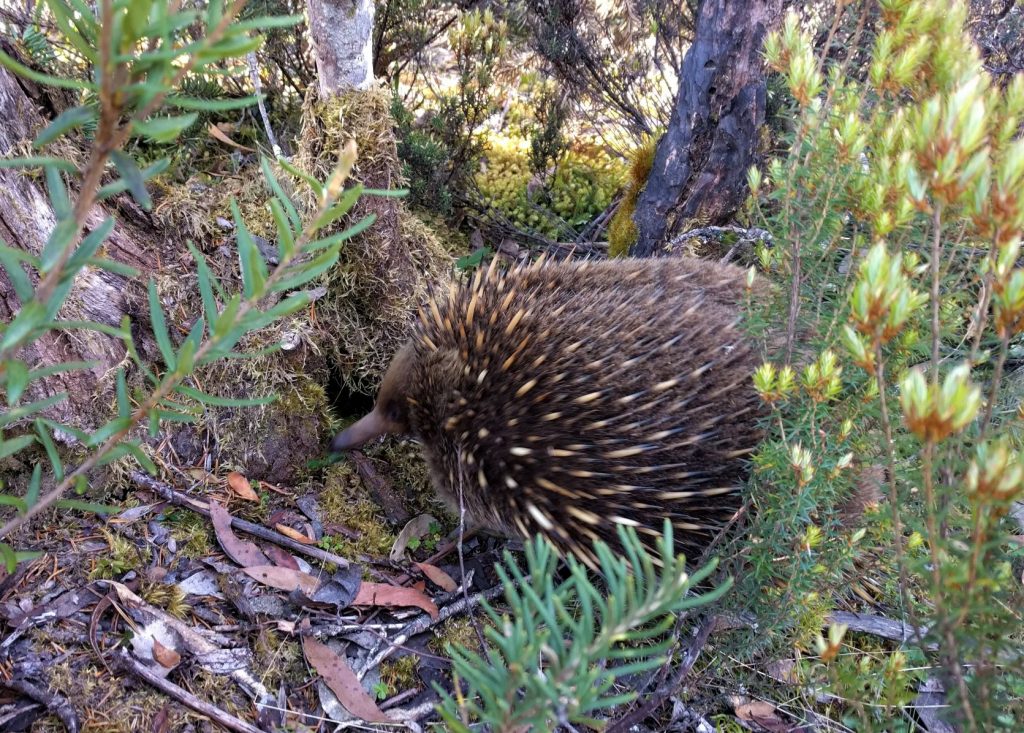
- Reptiles of Australia, including snakes and lizards are well-adapted to the extreme temperatures. They possess specialized scales and behavior patterns that help them regulate their body temperature in the scorching sun.
- Australian birds like the Lyrebird have honed the art of mimicry to perfection. They can imitate a wide array of sounds, from the calls of other bird species to human-made noises, as a means of communication and survival.
- Many Australian animals have adopted a nocturnal lifestyle to avoid the scorching heat of the day. Creatures like the bilby and bandicoot are active during the cooler night hours, conserving energy and water.
- Australia is home to some of the world’s deadliest snakes, such as the Inland Taipan and Eastern Brown Snake. These reptiles have potent venom as an adaptation to immobilize their prey efficiently. Similarly, spiders use their toxins for hunting and self-defense.
- Numerous Australian animals have evolved camouflage and mimicry to evade predators and ambush prey. The leaf-tailed gecko, for example, resembles a dead leaf, making it nearly invisible to predators and prey alike.
- Some Australian animals, such as the Arctic Tern, migrate vast distances to take advantage of seasonal food resources. This long-distance travel allows them to survive in a land where resources can be scarce during certain times of the year.
Australia’s unique plant and animal adaptations are a testament to the power of evolution in shaping life to thrive in diverse and challenging environments. It is vital to protect and preserve these unique ecosystems and the incredible adaptations that make them possible for future generations to marvel at and study.

